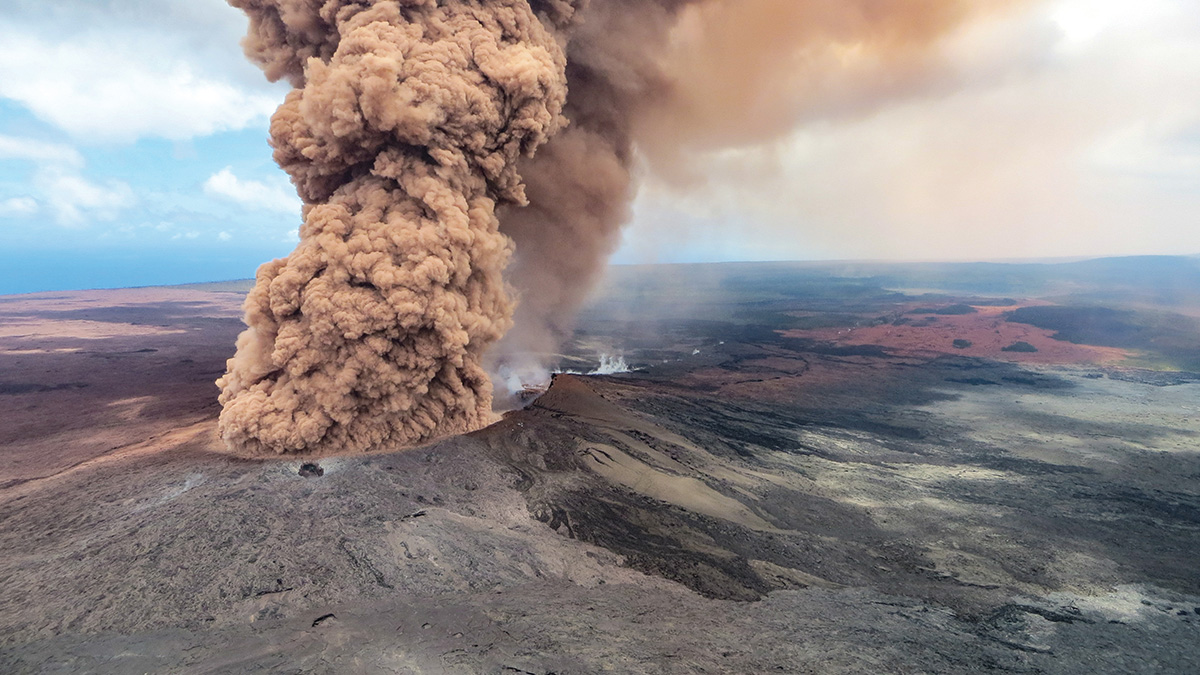- Spring is the perfect time of year to teach students about natural science and prepare for Earth Day.
- Studying extreme weather and natural disasters is an effective and engaging way to introduce students to the exciting world of natural science.
- Scholastic Classroom Magazines feature fascinating, authentic articles about natural science, as well inspiring stories about students making a difference in the field.
Key Takeaways:
Spring is the perfect time to teach students about natural science. With Earth Day right around the corner, we know you’re looking for engaging lessons to inspire the next generation of scientists, too! From extreme weather events to inspiring stories about young people making a difference in the field of natural science, these fascinating articles and free classroom resources from Scholastic Classroom Magazines will help you create high-interest lessons to engage your students and enrich your curriculum.
Volcanoes!
Exploding volcanoes are always a hot topic—and a great way to teach earth science. The eruption of Hawaii’s Kilauea volcano last year is the subject of stories in SuperScience magazine for grades 3–6 and Science World magazine for grades 6–10. Both magazines feature an article, volcano video, volcano experiment, quiz and lesson plans. Your students will even meet a young student who went on a field trip and unexpectedly found himself standing atop a rumbling Kilauea!
Hurricanes!
The incredible power of hurricanes always captivates science learners. In this Scholastic MATH magazine story, students in grades 6–10 are introduced to a scientist who uses statistics and probability to predict hurricanes. After reading the article, your class will make their own predictions with the word problems that accompany the story. They’ll also have the opportunity to dive deeper into the eye of the storm with an additional lesson, video and accompanying math worksheets.
If your students are interested in learning how hurricane hunters, zookeepers and a NASA crew bring science and engineering practices to life, the Science World story “Into the Storm” is just for them. The article and accompanying teaching resources build students’ skills in earth science, chemistry, biology, physics and more.
Tornadoes!
With an amazing video from Scholastic News, students in grade 3 will learn about tornadoes and watch a giant machine create artificial twisters. And by reading the accompanying story, “Taking on Tornadoes,” your young storm chasers will build reading skills with three language arts worksheets.
Storms!
Who wouldn’t want to visit the world’s largest indoor weather-testing lab? From ice storms to scorching heat, students in grades 6–10 will learn all about it with “Storm Simulator” from Science World. This awesome lesson includes an article, video, slideshow, worksheets and more. And like all our science resources, each one aligns to Next Generation Science Standards.
Student Scientists
Scholastic Classroom Magazines help students connect what they’re learning in class to what’s happening in their lives. These three science lessons and the accompanying teaching resources feature young people who are making a positive impact on the world:
• From Science World, a story about a teen inventor who wins a science prize by contributing to the fight against drought
• From Scholastic MATH, a story about a high-schooler who rides a botany lab on wheels to save plants from extinction
• And from SuperScience, a story about a nine-year-old student who starts a campaign to reduce the usage of harmful plastic drinking straws
With exciting lessons like these in science, math, language arts, social studies and more, Scholastic Classroom Magazines not only support your teaching goals, but ignite a passion for learning throughout the school year. Get ready for the 2019–20 school year by trying any magazine free for 30 days!
